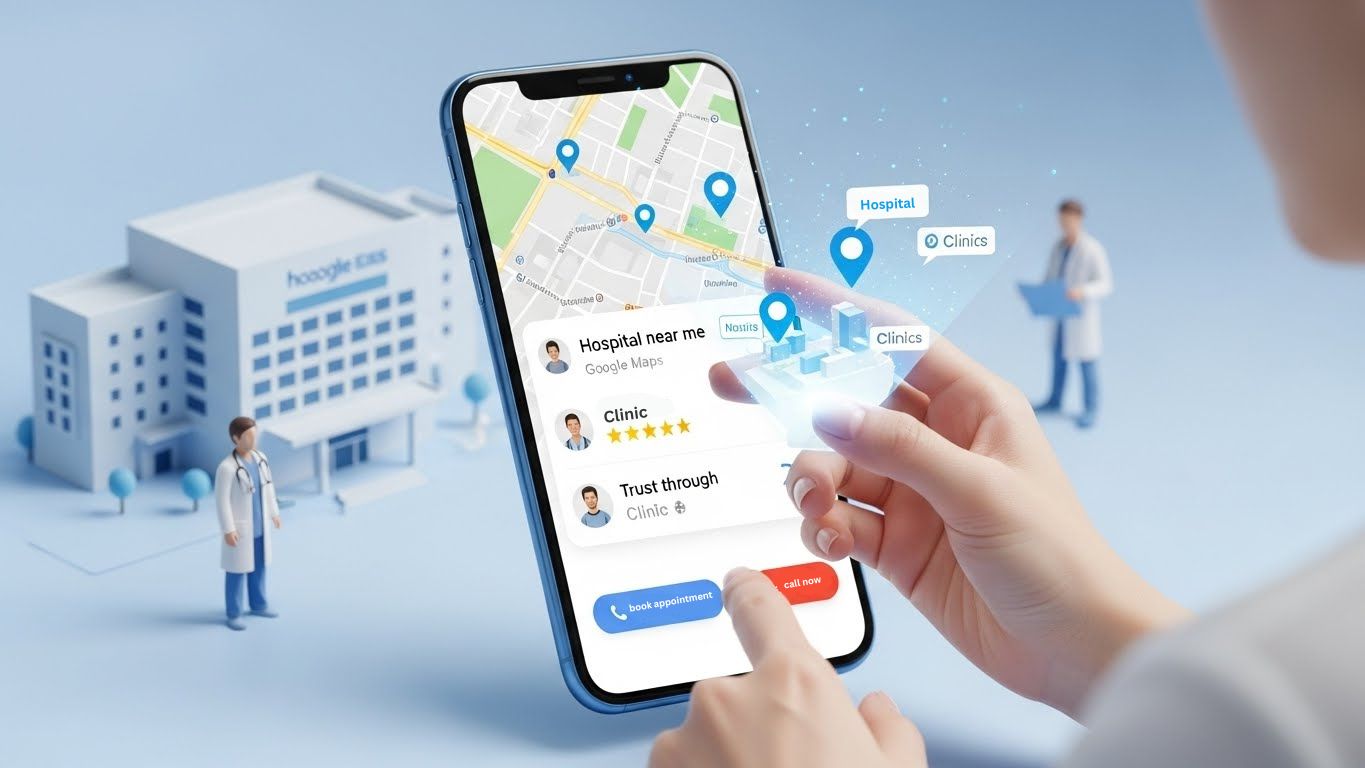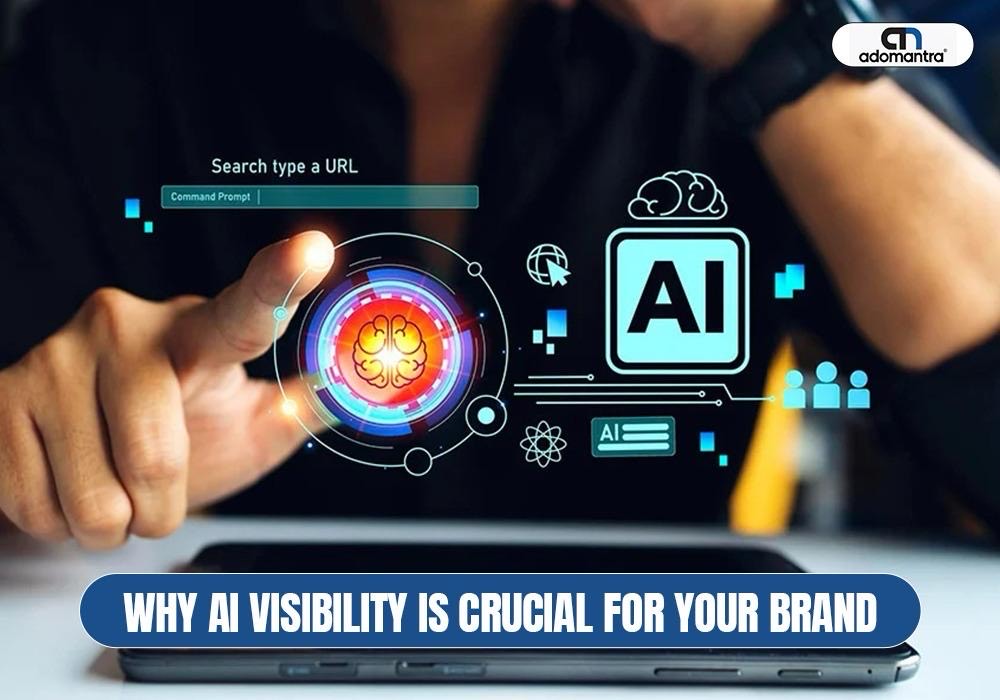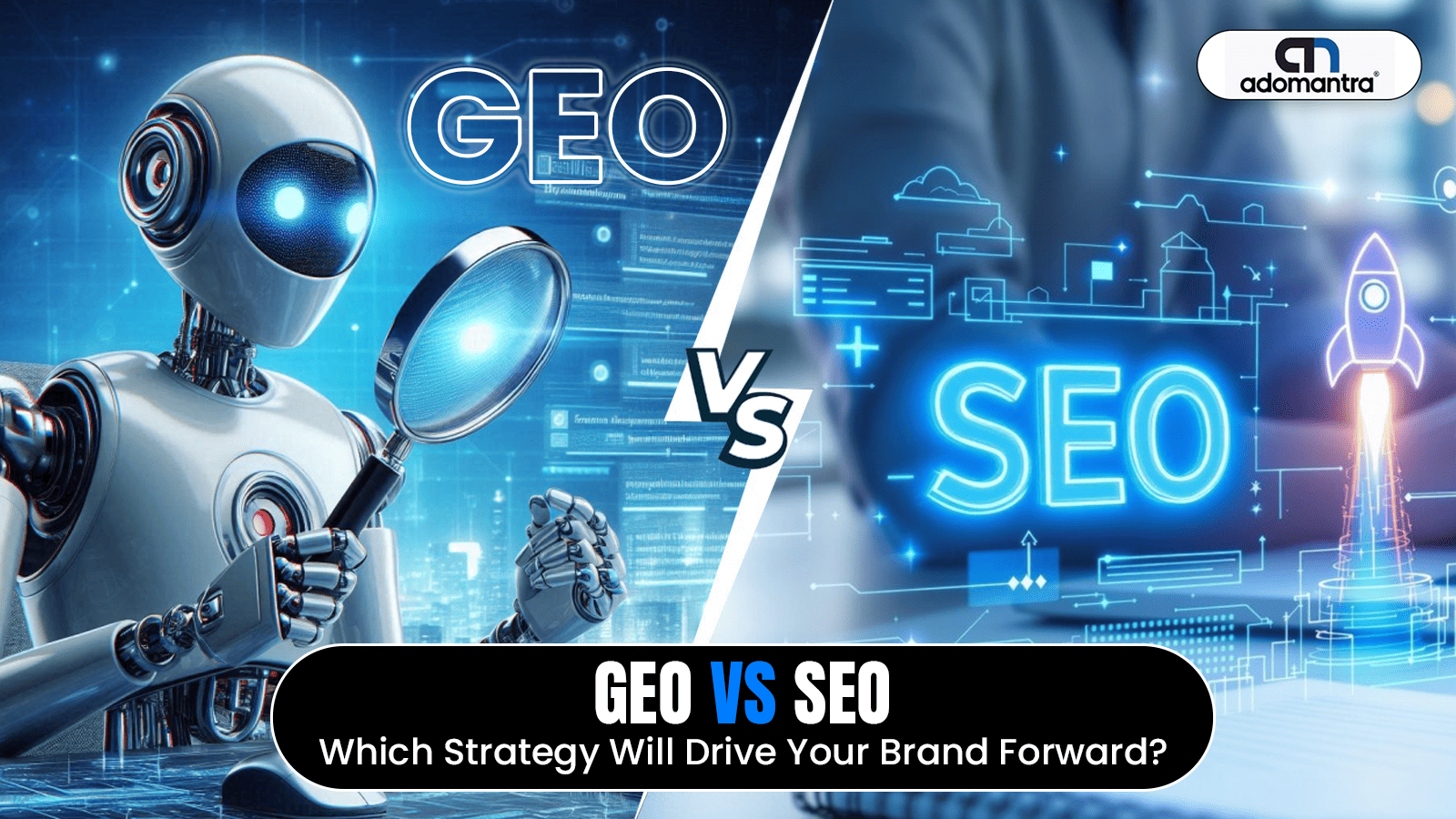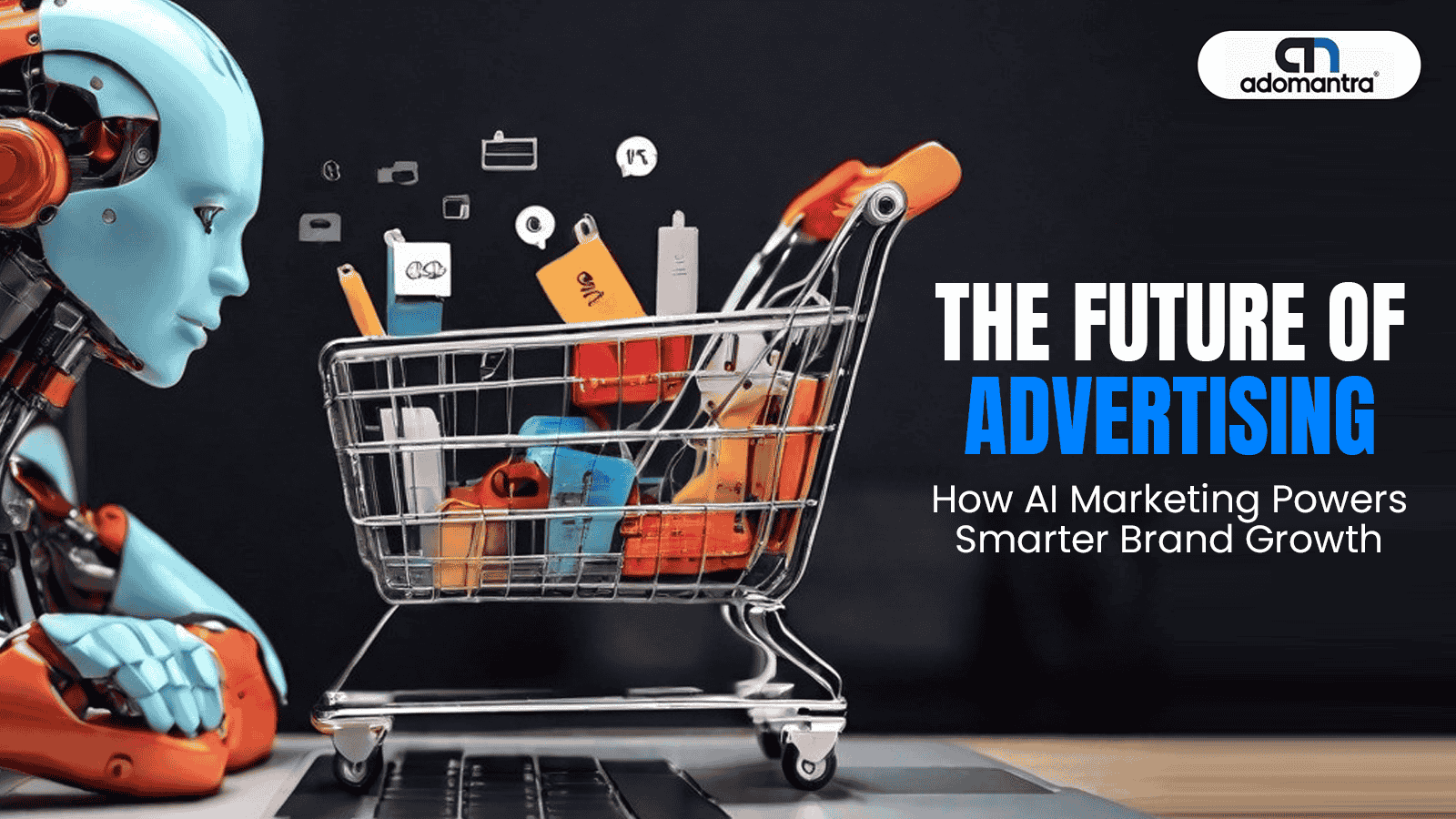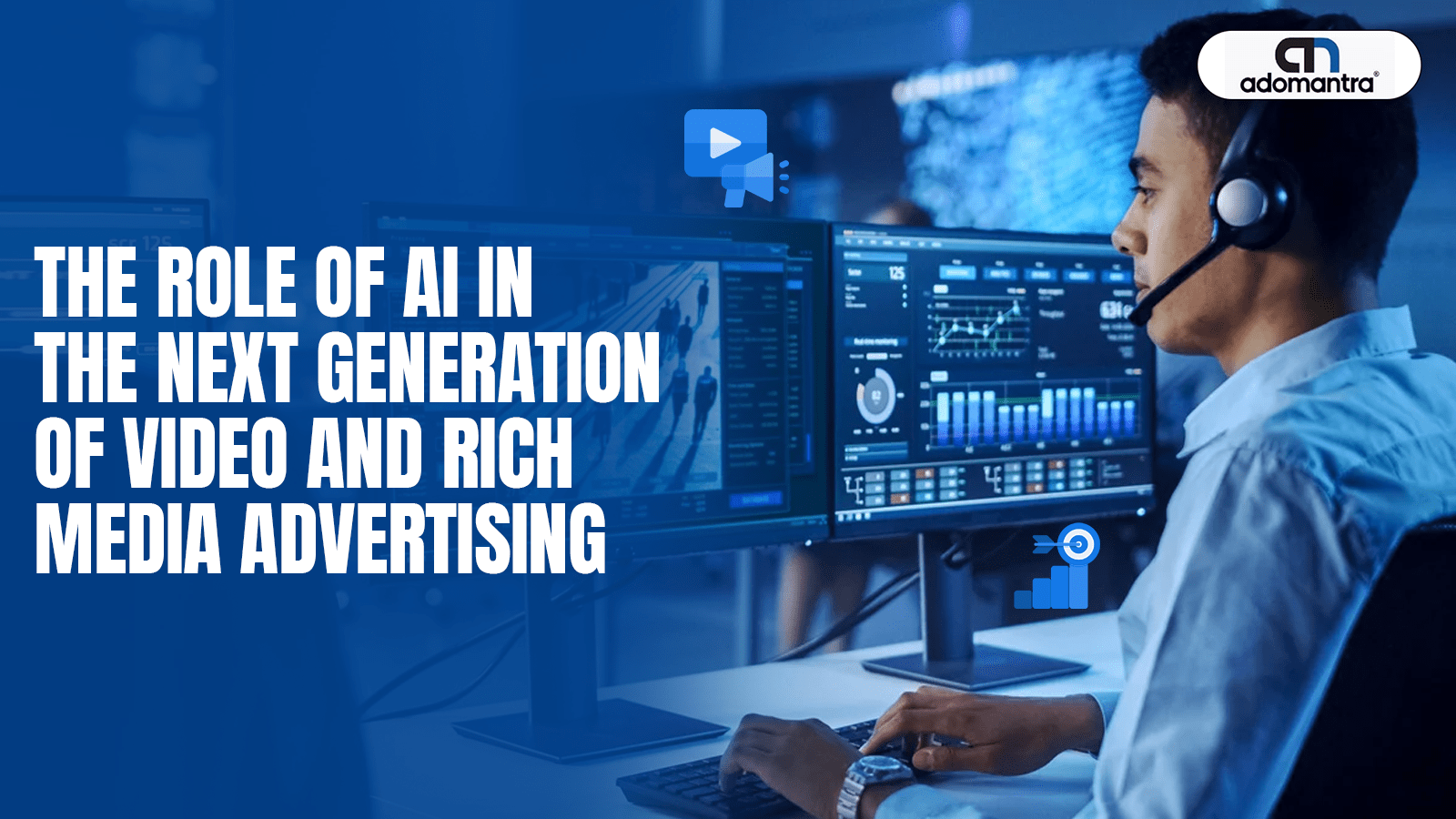
How AI Is Shaping the Future of Rich Media and Video Advertising
The future of video advertising is driven by intelligence and data. Traditional video formats and static rich media no longer deliver the precision that modern campaigns demand. AI in video advertising brings automation, real-time decision-making, and content personalization to the forefront. It enables marketers to move from generic messaging to content that adapts to user behavior and intent.
At the same time, AI rich media is transforming how ad formats respond to context. These technologies adjust visuals, messaging, and delivery based on factors like device, location, and engagement patterns. Every viewer sees a version tailored to their profile. This shift creates more relevant experiences, higher engagement, and better performance. AI is no longer an option in digital advertising. It is becoming the core engine that drives growth and impact. Keep reading to learn more about it!
Why AI Is Now Essential in Video Strategy
Video accounts for over 82% of total consumer internet traffic. That number is only growing. But with greater volume comes the challenge of standing out.
Here’s what AI is enabling at the core of modern video advertising:
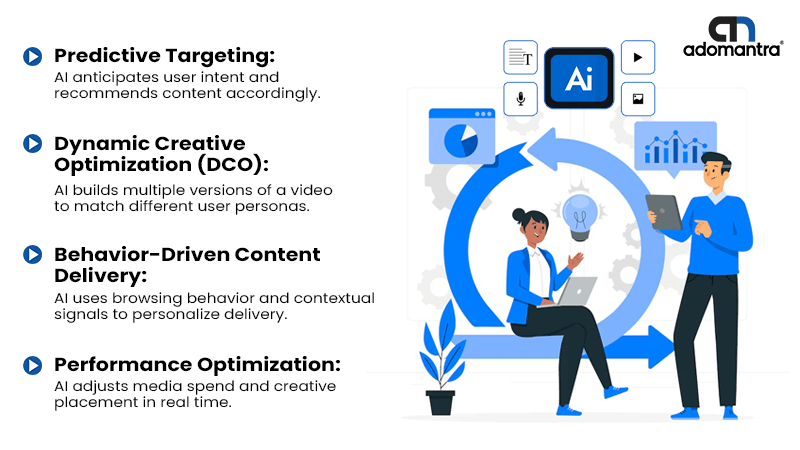
These functions, once managed manually, are now automated and refined through machine learning. The result is smarter campaigns with less waste and higher ROI.
Personalization at Scale, Built for the B2B Buyer
Today’s B2B buyer expects more than product specs. They want insight, relevance, and value. AI helps deliver exactly that without sacrificing scale.
AI in video advertising allows brands to segment audiences deeply not just by company size or industry, but by:
- Role and seniority
- Purchase intent
- Content engagement history
- Funnel stage
Suppose a software brand using AI to serve a demo-focused video to a product manager, a compliance-focused version to a CTO, and a cost-benefit focused video to procurement all from the same campaign.
Companies using personalization at scale see a 40% increase in revenue. In B2B, that kind of growth comes from delivering precise value to each stakeholder.
AI Rich Media: From Impressions to Interactions
AI rich media takes this further by embedding intelligence directly into interactive ad formats. These formats aren’t just reactive; they adapt in real time based on user data.
Consider this example:
A logistics company runs a video campaign showing its fulfillment capabilities. Depending on the viewer’s sector like retail, pharma, or electronics, the AI adjusts the content, showing different warehouse visuals, customer stories, and calls to action.
Why it works:
- Relevance increases engagement
- Contextual content leads to higher recall
- Personalized elements drive conversion
AI-enhanced interactive ads achieve 2x to 3x more engagement than traditional video formats. For B2B campaigns where every impression matters, that’s a game changer.
Measuring What Matters: AI Transforms Attribution
Traditional campaign metrics such as click-throughs, views, completions only tell part of the story. AI in video advertising adds deeper insight.
Today’s AI tools measure:
- Viewer attention span
- Emotional response through sentiment analysis
- Drop-off points and rewatch segments
- Attribution paths from view to conversion
One recent report indicates that over 60% of CMOs now rely on AI analytics to make media investment decisions. These insights help creative teams understand not just what worked, but why it worked and how to replicate it.
AI Enables Real-Time Optimization and Continuous Learning
B2B buying cycles are long, and campaign timelines are short. AI helps bridge that gap through continuous learning and live optimization.
Here’s how:
- A/B Testing at Scale: AI can test dozens of video variants simultaneously and prioritize high performers.
- Smart Budget Allocation: It shifts spend automatically to top-performing channels and audiences.
- Adaptive Storytelling: Based on early viewer reactions, the system can change narrative structures or visual sequences mid-campaign.
Statista projects that AI-driven ad platforms will contribute to a 30% increase in digital marketing ROI by 2026. In enterprise-level campaigns, this isn’t just a benefit, it’s a competitive necessity.
Thought in Action: AI Is Fueling the Next Wave of Brand Growth
The shift to AI is not about automation for automation’s sake. It’s about moving closer to what your audience wants and responding faster than ever before.
At Adomantra, we’ve helped growth-stage brands, global enterprises, and startups embed AI across their digital video funnels from planning and creative strategy to execution and performance reporting. With over a decade of experience, we understand how to combine human creativity with machine precision.
Frequently Asked Questions About AI in Rich Media and Video Advertising
Q1. What is AI in video advertising and how does it work?
A1. AI in video advertising refers to the use of machine learning algorithms and data analysis to enhance the targeting, personalization, and performance of video ads. It works by analyzing real-time user data such as behavior, location, device type, and viewing patterns. Based on this, AI systems adjust the content, format, and delivery of video ads to ensure they are more relevant and effective for each viewer.
Q2. What are the benefits of using AI in rich media advertising?
A2. AI in rich media enables advertisers to create dynamic, interactive ad formats that respond to real-time inputs. Benefits include better audience segmentation, improved engagement rates, reduced ad fatigue, and higher return on ad spend. AI also helps optimize creative performance by testing variations and automatically selecting the best-performing assets during live campaigns.
Q3. How does AI improve personalization in B2B video campaigns?
A3. AI enhances B2B video personalization by analyzing buyer behavior, intent signals, and firmographic data. This allows marketers to serve different versions of the same video tailored to roles, industries, or stages in the buying journey. For example, a CIO may see a security-focused message, while a marketing executive sees a performance-focused version both generated from the same base content.
Q4. What tools or platforms support AI powered video advertising?
A4. Several platforms now integrate AI capabilities for video advertising. These include Google Ads, Adobe Sensei, IBM Watson Advertising, and The Trade Desk. Many of these tools offer features like predictive analytics, dynamic creative optimization, and programmatic ad buying powered by machine learning. Agencies and brands also use custom AI models built around first-party data for greater control and precision.

